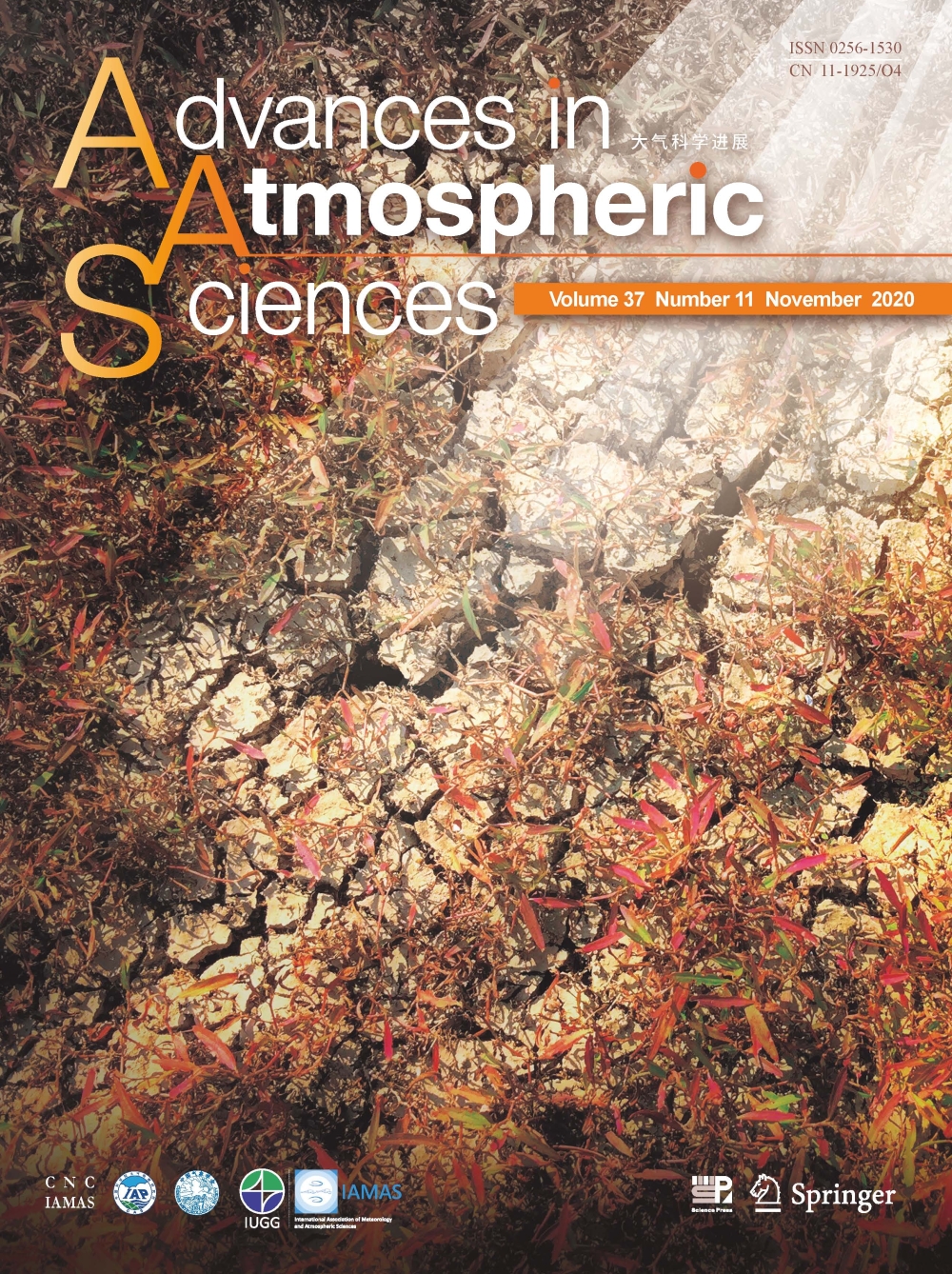Drought usually originates from a deficiency of precipitation over an extended period of time and is identified as one of the extreme aspects of the hydrological cycle. Because of its destructive impacts on human life, agriculture, ecology, and physical systems of affected regions, there is increasing interest in understanding changes in drought under global warming and quantifying the role of human and other external influences on drought.
A severe drought occurred in East China from August to October 2019 against a background of long-term significant warming and caused widespread impacts on agriculture and society, emphasizing the urgent need to understand the mechanism responsible for this drought and its linkage to global warming.
"Whether severe droughts of this type are likely to increase under anthropogenic global warming is of great concern for both the public and policymakers," says ZHU Congwen, the corresponding author of the paper, a researcher from the Chinese Academy of Meteorological Sciences (CAMS). "Thus, our study was aimed at understanding the possible mechanisms responsible for this most severe drought in East China and to further explore its linkage with natural climate variability and anthropogenic global warming."

A persistent severe drought occurred over East China along the Yangtze River in 2019. The photo on the cover of Advances in Atmospheric Sciences shows cracked lake bottom of Poyang Lake in Jiangxi Province of China in July 2019. (Photo taken by HU Jufang)
ZHU and his colleagues found that warm central equatorial Pacific sea surface temperatures and anthropogenic warming were possibly responsible for this drought event.
"This drought was naturally driven by the extremely warm central equatorial Pacific sea surface temperature. However, global warming has enhanced the probability of a severe drought like this occurring," concludes MA Shuangmei, the first author of the paper, who is an associate researcher at CAMS.
The findings are published in Advances in Atmospheric Sciences, which is published by Springer and hosted by the Institute of Atmospheric Physics at the Chinese Academy of Sciences.
Reference:
Ma, S. M., C. W. Zhu, and J. Liu, 2020: Combined impacts of warm central equatorial Pacific sea surface temperatures and anthropogenic warming on the 2019 severe drought in East China. Adv. Atmos. Sci., 37(11), 1149–1163, https://doi.org/10.1007/s00376-020-0077-8.
Media contact: Ms. LIN Zheng, jennylin@mail.iap.ac.cn
